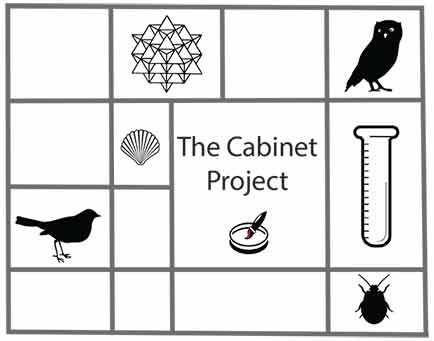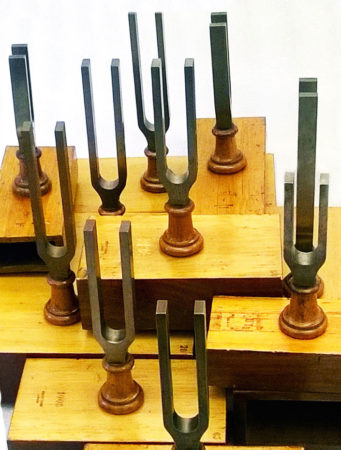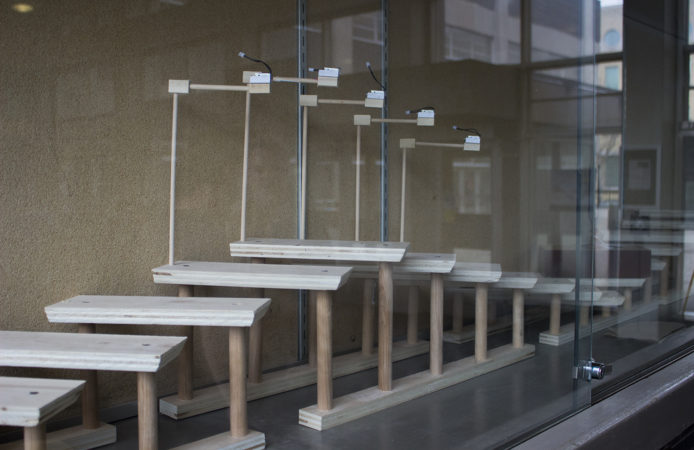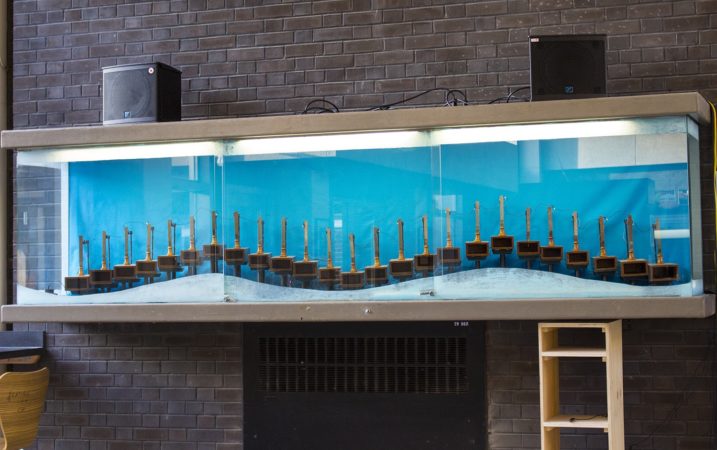Rick Hyslop is a composer/musician and sound artist based in Toronto. His interest in mathematics and science have inspired cross disciplinary works such as the building of traditional and experimental instruments, electronic circuits and the creation of sound sculptures. Working with “found” objects and sounds is of special interest. In 2013, Rick received a year long Chalmers Fellowship grant from the OAC to explore the relationships between mathematics, science, philosophy and music. Building on ideas generated during this period of research, Rick has arrived at a new artistic direction which focuses on exploring these extra-musical possibilities within a physical and conceptual framework.
I don’t know where but she sends me there…
Sometime in the 90s, I purchased the seminal text “On the Sensations of Tone” by German physicist Hermann von Helmholtz. I purchased this über dense and painstakingly thorough book with an intent to inform myself about the physical workings of my craft as musician and composer. I have read many of its pages and have come back to it many times in search of some answer or other. I could hardly have known that some 20 years later I would be given the opportunity to explore instruments created by Helmholtz himself, along with other very important scientific instruments of a similar vintage, made by Rudolph Koenig, in a kinetic art installation within the Physics building at U of T.
I have been actively investigating acoustical phenomena and utilizing it in my work as a composer for many years. However in this piece I will be using these phenomena in their purest form and not blending or manipulating them in any manner except by arranging them into a musical composition. I am very excited by what I am discovering and hearing so far and continue to keep my fingers crossed and ears and mind open.
Physically the installation will be made up of 29 tuning forks being struck by solenoids. These solenoids are driven by data that represents the form of a musical composition. I will group the forks into 3 separate groupings. Each grouping will be assigned a discrete musical composition to perform which will repeat, forming a series of 3 individual loops. Each loop will play out independent of the others and as a result there will be a natural phasing which will occur rendering the overall performance pseudo random.








